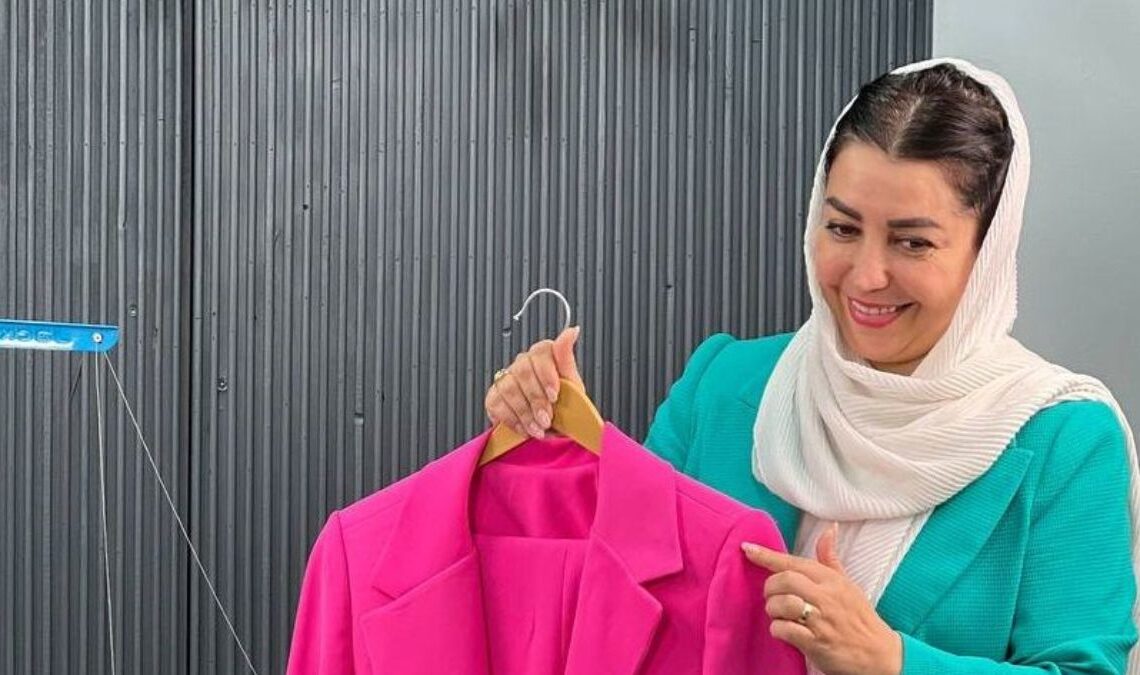

Men started wearing jewelry long before women did – for elegance, protection and even luck. Check out these milestones in the history of men’s jewelry.
According to the New York Times, men’s jewelry is “back in style,” thanks to the influence of hip-hop singers, athletes – and even Britain’s Prince Harry, who is often seen wearing stacks of leather and pearl bracelets. To celebrate the debut of our new men’s collection, we wanted to take a look back at men’s jewelry throughout history.
1. Neanderthals were the first to wear jewelry. Historians believe humans may have produced the world’s first jewelry some 130,000 years ago by combining animal teeth and shells. In Croatia, researchers unearthed a set of eagle talons from that time, which they believe were part of a necklace or bracelet, most likely worn by a man.
2. The Egyptians decorated themselves to assure a brighter future. In Egypt, men and women heaped up gold and silver because they felt it was the way to gain the attention of their gods. The more jewelry they wore, the more desirable they were to the deities who controlled health, riches and the afterlife.
3. And to ward off malevolent spirits. Amulets like the ankh and the eye of Horus were also worn by Egyptians to ward off evil spirits and guide them in their spiritual journeys. In the present era, they are worn as a protective talisman.
4. When the ancient Greeks went to war, they wore their jewels. An attempt at spiritual protection in warfare was made through the use of leather and metal bracelets on their uniforms.
5. Heavy gold chains were popularized by the British royal family. To show their respect for their affiliations, men used to wear heavy gold livery necklaces, which were traditionally given to them by kings. Sir Thomas More popularized the Esses necklace in the 1500s, which consists of a row of S-shaped links.
6. The single-earring look became fashionable among European men. Males were expected to wear only one earring during the 16th and 17th centuries of European history, and it was most common for them to wear the drop variety. Sir Walter Raleigh, explorer and espionage leader, was well-known for wearing a two-pearl necklace with his pourpoint.
7. Jewelry was worn by pirates and buccaneers as a form of life insurance. An appropriate Christian funeral was to be paid for with the gold earring of a dead seaman found on an unknown coast.
8. The possession of precious stones was considered a sign of wealth and power in ancient times. Only the affluent and high-ranking church leaders in Europe were permitted to wear diamonds for a period of time. His jewelry collection included at least 234 rings, 324 brooches, and several diamond and pearl-encrusted necklaces.
9. Peacetime style was inspired by wartime necessities. Men’s nameplates and bracelets became a prominent fashion statement in the twentieth century. Many guys adopted this look as an homage to the “dog tags” worn by American soldiers during World War II.





